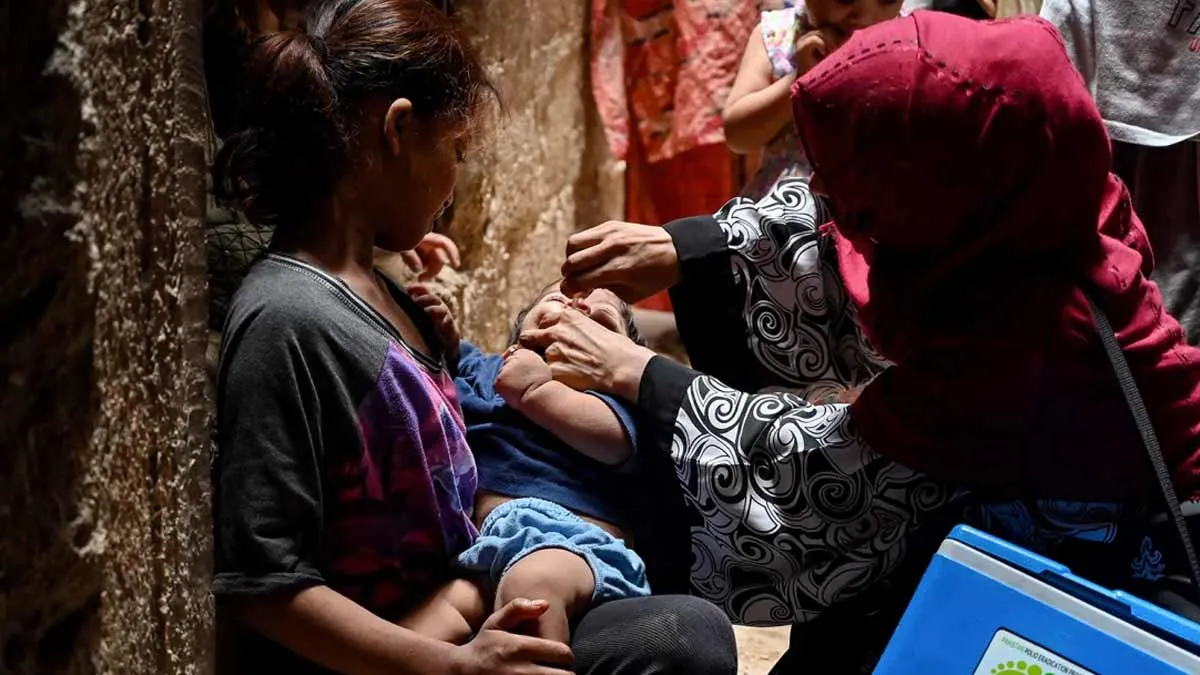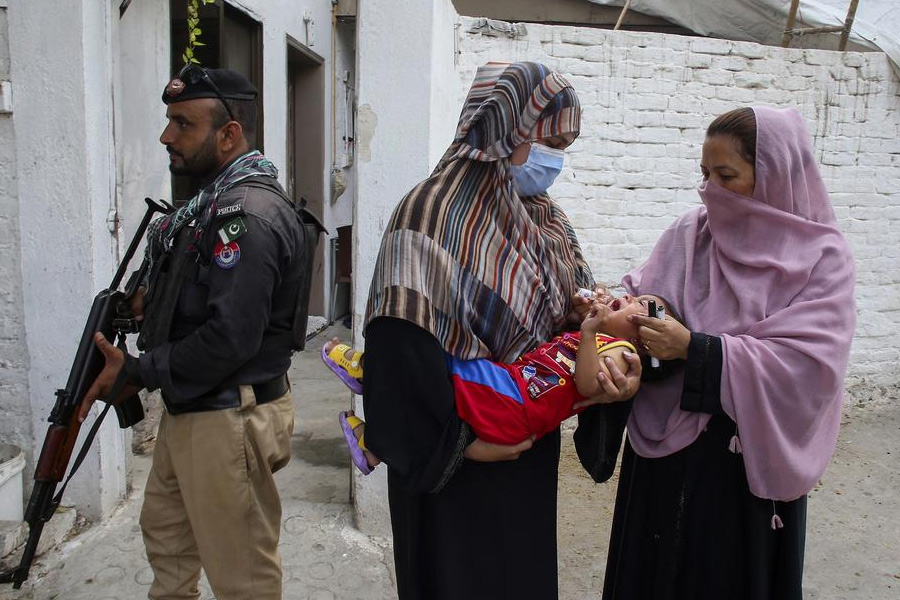
Pakistan is grappling with a significant polio outbreak as three new cases of the virus were reported from Balochistan and Khyber Pakhtunkhwa provinces, pushing the total number of infections in 2024 to 55. These recent developments have highlighted the ongoing challenges in eradicating this preventable disease from the country.
Table of Content:-
Three New Cases: A Closer Look
The latest cases involve two girls, aged eight and 20 months, and a five-month-old boy, all testing positive for wild poliovirus type 1 (WPV1). According to the Regional Reference Laboratory for Polio Eradication at the National Institute of Health, these cases emerged from the districts of Dera Ismail Khan, Zhob, and Jaffarabad. Notably, each of these districts had already reported at least one polio case earlier this year, indicating persistent vulnerabilities in these areas.
-1733290088495.jpg)
Distribution of Polio Cases Across Provinces
Pakistan's polio outbreak in 2024 has affected multiple provinces, with varying degrees of severity:
- Balochistan: The hardest-hit province, Balochistan, accounts for 26 cases so far.
- Khyber Pakhtunkhwa: The second-highest number of cases, with 15 reported.
- Sindh: Reports 13 cases this year.
- Punjab and Islamabad: Each recorded two cases.
These figures underscore the geographic disparity in polio prevalence, with certain regions bearing a heavier burden due to systemic challenges.
Also Read: WHO Launches 'Colombo Call to Action' to Strengthen Diabetes Prevention in South-East Asia
Endemic Regions and Contributing Factors
Among the areas most affected, Dera Ismail Khan has emerged as a hotspot in Khyber Pakhtunkhwa, where the total number of cases has now reached seven. Experts identify seven districts across the country as endemic to poliovirus, primarily concentrated in the provinces of Balochistan, Khyber Pakhtunkhwa, and Sindh.
The inability to reach vulnerable populations with routine immunisation programs has been a significant roadblock in combating the disease. Over the past three years, disruptions in healthcare access, logistical barriers, and vaccine hesitancy have hampered immunisation efforts. This has left many children unprotected, allowing the virus to spread and establish footholds in certain districts.

Polio Eradication: An Uphill Battle
Despite global initiatives aimed at eradicating polio, Pakistan remains one of the last countries where the virus is still endemic. Health authorities face numerous obstacles, including misinformation about vaccines, challenging terrains, and socio-political instability in certain regions. These issues have collectively contributed to the current surge in cases.
The Path Forward
The rise in polio cases underscores the urgency of intensifying immunisation campaigns and strengthening healthcare infrastructure, particularly in high-risk districts. Authorities must prioritize:
Also Read: First Case Of Japanese Encephalitis Confirmed In Delhi: Know All About It
- Enhanced Immunization Coverage: Expanding the reach of vaccination programs to ensure all children, particularly in remote and underserved areas, are immunized.
- Community Engagement: Addressing vaccine hesitancy through awareness campaigns that educate communities about the safety and efficacy of vaccines.
- Improved Surveillance: Strengthening monitoring systems to detect and respond to new cases promptly.
The eradication of polio is not merely a health goal but a global imperative. Pakistan’s renewed efforts, coupled with international support, can pave the way for a polio-free future.
Bottomline
The three newly reported polio cases in Pakistan serve as a stark reminder of the challenges in eliminating this debilitating disease. With a total of 55 cases recorded in 2024, the urgency for robust immunization and awareness campaigns cannot be overstated. It is critical for stakeholders at all levels to collaborate in addressing the root causes of this resurgence and ensure every child is protected from this preventable disease.
Also watch this video
How we keep this article up to date:
We work with experts and keep a close eye on the latest in health and wellness. Whenever there is a new research or helpful information, we update our articles with accurate and useful advice.
Current Version